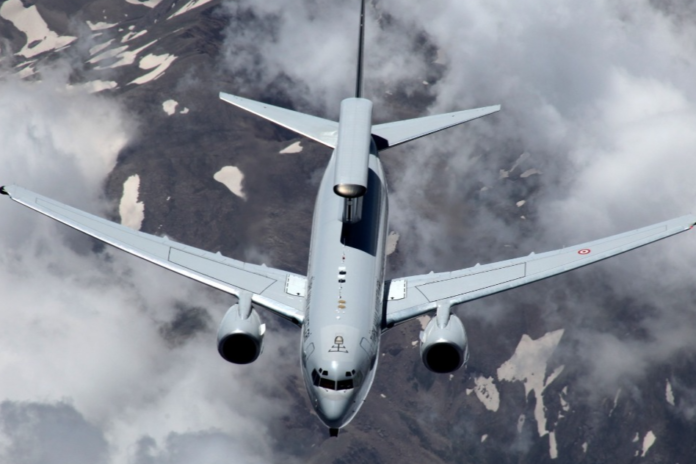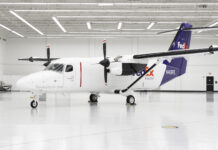NATO has selected its next generation command and control aircraft as the Alliance’s existing Airborne Warning and Control (AWACS) fleet nears retirement. Production of the six new Boeing’s E-7A Wedgetail aircraft is set to begin in the coming years, with the first aircraft expected to be ready for operational duty by 2031. A consortium of Allies gave their approval to the project, one of NATO’s biggest-ever capability purchases, this month.
“Surveillance and control aircraft are crucial for NATO’s collective defence and I welcome Allies’ commitment to investing in high-end capabilities, by pooling resources, Allies can buy and operate major assets collectively that would be too expensive for individual countries to purchase. This investment in state-of-the-art technology shows the strength of transatlantic defence cooperation as we continue to adapt to a more unstable world”.
NATO Secretary General Jens Stoltenberg
The E-7 Wedgetail is an advanced early warning and control aircraft that provides situational awareness and command and control functions. Equipped with a powerful radar, the aircraft can detect hostile aircraft, missiles and ships at great distances and can direct NATO fighter jets to their targets. The United States, the United Kingdom and Türkiye also either fly the Wedgetail or plan to operate it. It is based on a militarised version of the 737 jetliner.
NATO has operated a fleet of E-3A Airborne Warning and Control (AWACS) aircraft since the 1980s. Based at Geilenkirchen air base in Germany, the AWACS have flown in every major NATO operation, including the fight against ISIS as well as on NATO’s eastern flank following Russia’s invasion of Ukraine. The E-7 is expected to have its main base at Geilenkirchen and could operate from several forward locations across Europe. The Wedgetail will be part of the Alliance’s future surveillance and control project which will field NATO’s next generation of surveillance systems from the mid-2030s.













